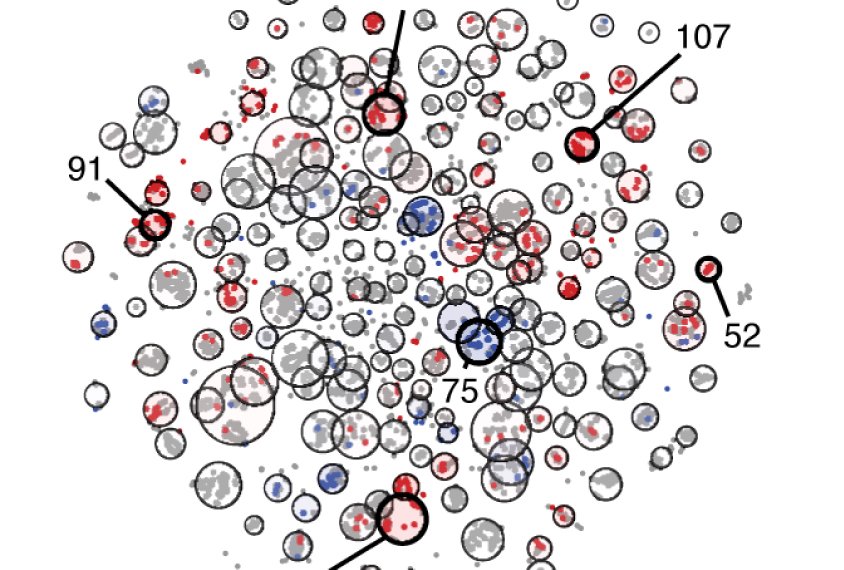Analysis of Sequences Pegs 102 Top Autism Genes
The number of top autism genes has risen from 65 to 102, based on an analysis of more than 35,000 sequences. And researchers are seeing the first hints of autism risk variants in the regions between genes.
The new findings are the payoff from increasingly sophisticated analyses of a growing number of sequences from people with autism and their families. Researchers presented the unpublished results 10 May at the 2018 International Society for Autism Research annual meeting in Rotterdam, the Netherlands.
“Large-scale collaborations which integrate data have the potential to give context to the results we’re seeing,” says co-lead investigator Stephan Sanders, assistant professor of psychiatry at the University of California, San Francisco.
The analysis is based on sequences of exomes — the protein-coding regions of genomes — pulled from multiple datasets. In a 2015 study, Sanders and his colleagues assembled 15,000 sequences and pinpointed 65 genes with strongties to autism. (This analysis also included genes within large deletions or duplications linked to autism.)
For their new work, the team added 20,000 sequences. This alone raised the number of genes from 65 to 79, says Brooke Sheppard, a postdoctoral associate in Sanders’ lab who presented the findings.
The team then applied an updated version of their statistical method, called TADA, which indicates whether a variant in a gene is likely to be harmful.
The statistics reboot raised the number of significant genes to 102. The genes tend to be highly expressed in developing neurons that excite or dampen neuronal activity. About half of them are also associated with developmental delays.
It also boosted the significance of many genes previously included in the list of 65. For example, FOXP1 is now a leading autism gene and SYNGAP1 is nearly as significant as the top two contenders, CHD8 and SCN2A.
Just building a list of genes will not be enough to understand autism, however, says Thomas Bourgeron, professor of genetics at the Institut Pasteur in Paris, who was not involved in the study. Researchers from various disciplines need to work together to tease apart all aspects of the condition, he says.
Read the rest of the article here: https://www.spectrumnews.org/news/analysis-sequences-pegs-102-top-autism-genes/


